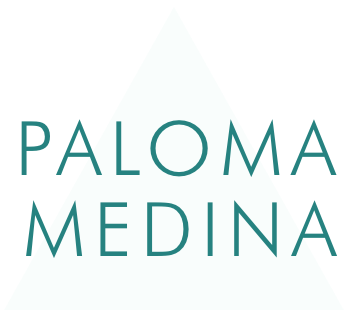Positive Influence: Courage vs Consideration
What do I mean by “Positive Influence”? Positive influence is when we want to convince others to help us make changes that ultimately make our world a little better. Versus changes that just benefit us, and screw the rest of the world. Nelson Mandela? A positive influencer. The creator of the tide pod challenge? Just an influencer.
Furthermore, leadership guru Stephen Covey says that true influence requires both consideration and courage. Let’s break it down:
Consideration means thinking about what others need, what they feel, and why they want what they want. Let’s say you want to ask for a raise from your manager. You find out her cat died yesterday. So you decide not to barge into her office today demanding a raise. That’s consideration. Let’s say you decide to not ever barge in, but instead, email her a heads up that you want to talk about your compensation and ask for what day works for her. That’s consideration too.
However, you can be so considerate that you put everyone else’s feelings and needs before your own: you decide to never ask for a raise because other employees maybe need that money more than you do. Or you don’t want to put your manager through a conversation that might be awkward or difficult. Consideration alone will turn you into a doormat, i.e. the opposite of an influential member of your group or society.
With positive influence, you balance that thoughtfulness with courage. Courage is proposing ideas that either no one has thought of, or that they have but felt too worried to say, but you say them because you can see how they will make things better. But before you storm into the next work meeting like the Kool-Aid man with a brilliant new idea, let’s make it clear: positive influence is the opposite of a mic drop.
Positive influence requires the courage to propose a new idea and then be there to support others through the implementation of it. Because even after a new idea has been accepted by a person or group, it is likely still a defenseless little baby. It needs a champion. That's the Shirley Chisholm approach (first black woman elected to US Congress). Chisholm's career is a model of courage and follow-through.
The opposite approach: Storming in with new ideas without the intent to support them through implementation is the equivalent of the tide pod challenge. It’s careless. It’s more likely to be status-grabbing rather than positive-change-driven.
Let’s take the “asking for a raise” example. If you expect your manager to do all the heavy lifting, all the implementation of that raise idea, you might be disappointed. Instead, what if you prepared in advance for specifically how much more you want, what the reasoning is for that raise, how fair or commensurate that raise is with your industry or at your company, and also thought through any other obstacles she might face in getting that raise for you? If you prepare all this, you’ll be much more influential in that conversation because you’re helping your manager with what she’ll need to make that idea happen.
Example at a larger scale: Let’s say you want to convince your kid’s school to carve out more money for arts education. You could go to the next PTA meeting, storm up to the microphone during the questions portion and say “I’m tired of how little this school has allocated to proper arts programming! We demand you do something about it!”. You’ll probably get some awesome claps or amens from the audience, but your awesome idea is just as likely to be dead on the floor as it is to spark change.
To create a positive influence approach for this scenario, think about:
If you were on the PTA board, what are the other priorities they’re likely balancing? What are your top worries and wishes? Imagining the needs and concerns of those you want to influence helps you understand how your idea might fit into the things they care about. That’s moving into consideration.
All humans do better when they feel that their efforts and values are acknowledged. How would you feel about acknowledging the PTA member’s work and appreciating the things they’re trying to uphold? You don’t have to do this step, but it can help you feel a human connection to them, and help them feel more trust in you.
Lastly, what is the benefit you’re after by asking for more arts funding? Think through who will benefit, how they’ll benefit, and then see how these benefits might align with the things the PTA members also care about. Consider how you might highlight this.
Now for the courage part: if you’re new to speaking your mind, remember to focus on the benefit to others, because it’s often easier to advocate for others’ needs than for our own, so this can be a safer way to practice courageous questions or requests.
Stuck? Feel free to reach out to me with questions and thoughts!

